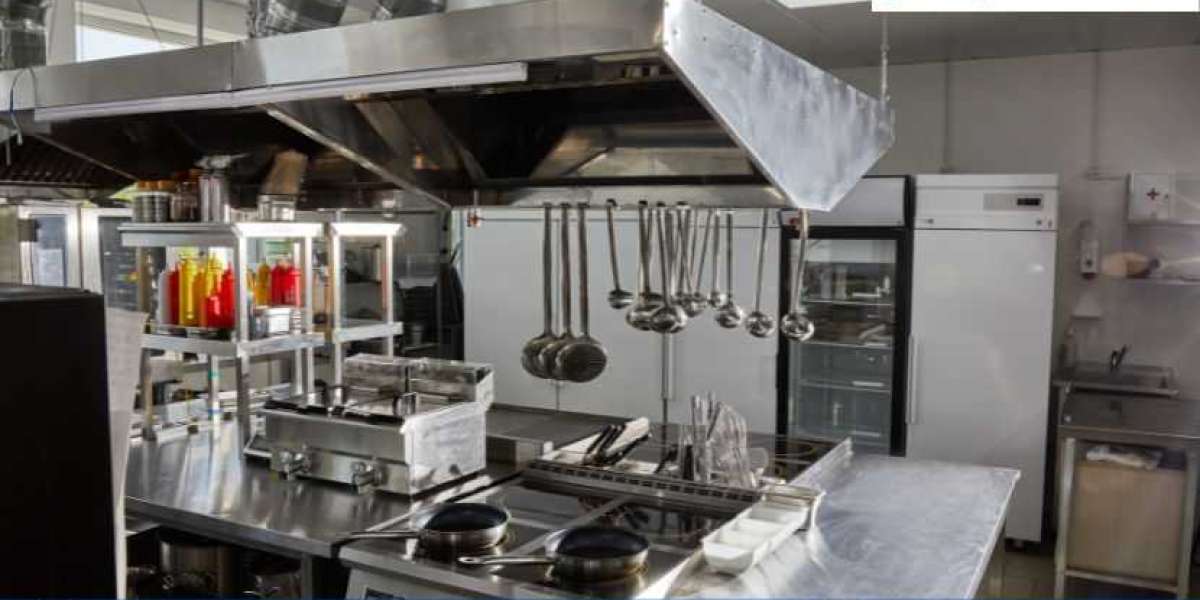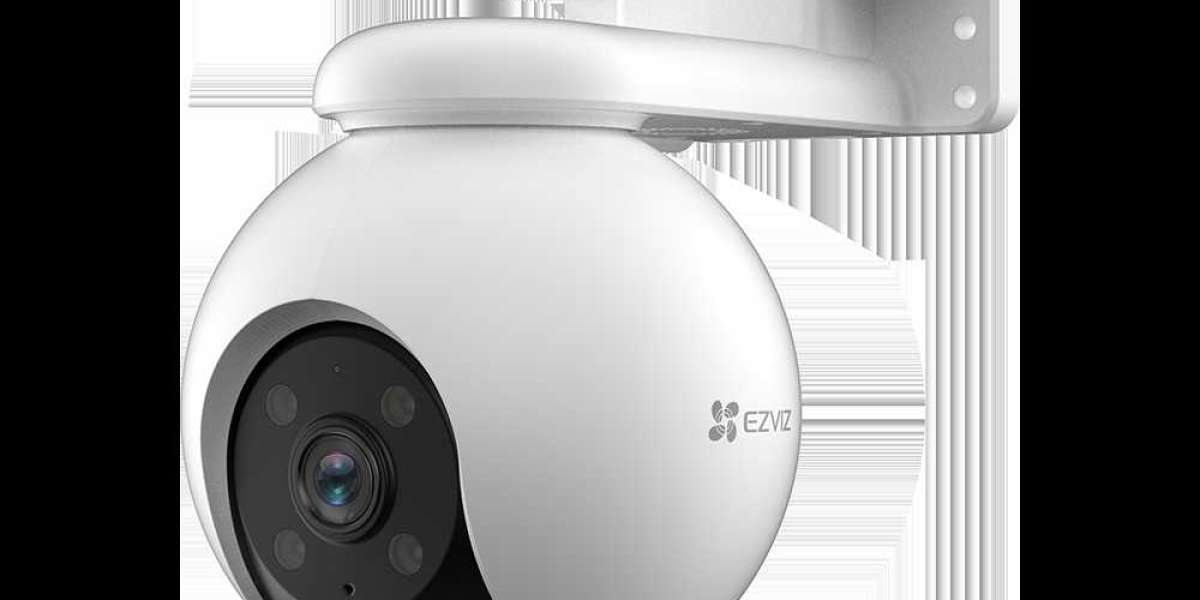Food Service Equipment Market Outlook
According to the report by Expert Market Research (EMR), the global food service equipment market size reached a value of USD 35.90 billion in 2024. Fueled by the increasing demand for efficient, high-quality, and energy-saving equipment across the food service industry, the market is expected to grow at a compound annual growth rate (CAGR) of 5.7 % between 2025 and 2034, reaching a projected value of USD 59.13 million by 2034.
Food service equipment includes all the tools, appliances, and machinery used by food service establishments to prepare, cook, store, and serve food. This broad category encompasses ovens, refrigeration units, cooking ranges, dishwashers, storage containers, and a variety of other specialized tools. With the ongoing growth of the food service industry, coupled with the increasing focus on energy efficiency, sustainability, and automation, the demand for Food Service Equipment Market is set to rise significantly in the coming years.
The market is driven by key factors such as the growing number of food service outlets, the expansion of quick-service restaurants (QSRs) and cloud kitchens, the need for upgraded equipment to meet food safety standards, and rising consumer expectations for quality and convenience. Additionally, technological advancements in Food Service Equipment Market, including the integration of IoT (Internet of Things) capabilities and energy-saving features, are also contributing to market growth.
Get a Free Sample Report with Table of Contents@ https://www.expertmarketresearch.com/reports/food-service-equipment-market/requestsample
Key Drivers of Growth in the Global Food Service Equipment Market
Expansion of the Global Food Service Industry
The food service industry is witnessing rapid expansion, particularly in emerging markets where urbanization and rising disposable incomes are driving an increase in dining out. This growth is being further fueled by the surge in the number of quick-service restaurants, cafes, cloud kitchens, and catering services. These establishments require a wide range of equipment to operate efficiently and meet customer demand for quality food and beverages.
As food service outlets aim to enhance the dining experience and improve operational efficiency, the demand for advanced kitchen equipment and storage solutions is increasing. The fast pace of growth in the sector means that food service operators are constantly seeking new ways to streamline operations, reduce overhead costs, and improve food quality. Consequently, the demand for innovative food service equipment that offers enhanced capabilities, durability, and energy efficiency is expected to continue to rise.
Technological Advancements in Food Service Equipment
The integration of advanced technologies in food service equipment is transforming the industry. Automation, IoT, and artificial intelligence (AI) are playing an increasingly important role in enhancing the functionality and efficiency of food service operations. From smart refrigerators that monitor and regulate temperature to automated cooking systems that ensure consistent food quality, technology is reshaping how food service establishments manage their operations.
For instance, the use of IoT-enabled equipment allows food service operators to remotely monitor and control appliances, ensuring they operate at peak efficiency while reducing energy consumption. Smart dishwashers, fryers, and ovens with digital interfaces can be programmed to optimize energy usage and reduce operating costs. These technological advancements not only enhance the performance of equipment but also help food service businesses comply with stringent food safety regulations and reduce waste.
Focus on Energy Efficiency and Sustainability
Energy-efficient and environmentally friendly Food Service Equipment Market is becoming increasingly important as businesses look to reduce their operational costs and minimize their environmental footprint. Rising energy costs and government regulations aimed at reducing carbon emissions are pushing food service operators to invest in energy-saving equipment.
The demand for energy-efficient appliances, such as induction cooktops, low-energy dishwashers, and energy-saving refrigerators, is on the rise. Manufacturers are responding to this trend by developing equipment that is not only energy-efficient but also eco-friendly, using sustainable materials and reducing water consumption. With the growing emphasis on sustainability, food service establishments are looking for solutions that help them meet their environmental goals while still maintaining the quality and speed of their service.
Increasing Consumer Demand for Convenience and Quality
Consumer expectations are evolving, with a growing preference for high-quality, fast, and convenient food options. As a result, food service establishments are increasingly relying on advanced equipment to deliver the fast, fresh, and high-quality food that customers demand. Quick-service restaurants, for example, require equipment that can cook food quickly without compromising on taste or texture.
The increasing popularity of online food delivery services and cloud kitchens has also changed the landscape of the food service industry. These establishments require specialized Food Service Equipment Market that is optimized for high-volume food production and delivery. For instance, commercial-grade ovens, rapid food prep tools, and industrial fryers are in high demand as cloud kitchens and food delivery platforms work to meet the growing consumer demand for quick, fresh, and affordable meals.
Adherence to Health and Food Safety Regulations
Food safety regulations are becoming more stringent across the globe, driving the demand for Food Service Equipment Market that meets the highest standards of hygiene, sanitation, and food preservation. Governments are imposing regulations on food storage, temperature control, and cleanliness to ensure that consumers are protected from foodborne illnesses.
As food service businesses strive to comply with these regulations, they are investing in equipment such as temperature-controlled refrigeration units, HACCP-compliant cooking appliances, and sanitization systems that help maintain food safety standards. Equipment that ensures the proper storage, handling, and preparation of food is essential in avoiding health risks and adhering to legal requirements, which in turn fuels demand for specialized equipment.
Read Full Report with Table of Contents@ https://www.expertmarketresearch.com/reports/food-service-equipment-market
Food Service Equipment Market Segmentation
The Food Service Equipment Market can be divided based on type, application, and region.
Market Breakup by Product
- Cooking Equipment
- Grills
- Fryers
- Ovens
- Cooking and Bakery Utensils
- Storage and Handling Equipment
- Refrigeration
- Food bags and containers
- Food Warmers
- Warewashing Equipment
- Utensil Washers
- Dishwashers
- Booster Heaters
- Others
- Food and Beverage Preparation Equipment
- Slicers
- Peelers
- Mixers, Blenders, and Grinders
- Food Processors and Juicers
- Food Preparation Tools
- Serving Equipment
- Dinnerware
- Glassware
Market Breakup by End Use
- Full-Service Restaurant and Hotel
- Quick Service Restaurant and Pub
- Catering
Market Breakup by Region
- North America
- Europe
- Asia Pacific
- Latin America
- Middle East and Africa
Competitive Landscape
Some of the major players explored in the report by Expert Market Research are as follows:
- Ali Group S.R.L. a Socio Unico
- Alto-Shaam, Inc
- Cambro Manufacturing Company Inc
- Duke Manufacturing Co.
- Comstock-Castle Stove Co. Inc.
- Others
Challenges Facing the Market
Despite the promising growth prospects, the food service equipment market faces challenges such as high initial investment costs and the complexity of maintaining advanced, energy-efficient equipment. Additionally, global supply chain disruptions and fluctuations in raw material prices can impact production and distribution.
Media Contact:
Company Name: Claight Corporation
Contact Person: Olivia jass, Corporate Sales Specialist – U.S.A.
Email: sales@expertmarketresearch.com
Toll Free Number: +1-415-325-5166 | +44-702-402-5790
Address: 30 North Gould Street, Sheridan, WY 82801, USA
Website: http://www.expertmarketresearch.com
Aus Site: https://www.expertmarketresearch.com.au







